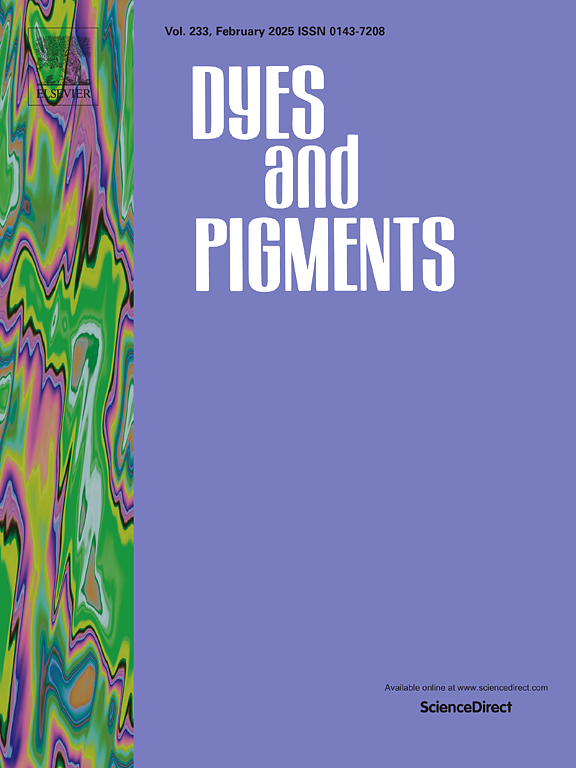In-silico color prediction process for natural dyes in Madder
IF 4.1
3区 工程技术
Q2 CHEMISTRY, APPLIED
引用次数: 0
Abstract
In the field of cultural heritage, accurately identifying the colors produced by madder root dyes without alteration is critical. In fact, textile dyeing using extracts from their roots has been performed for centuries. Many examples of madder dye remain today in museum and conservation collections. Madder is an interesting natural source of dye because it contains up to 68 different colorants. However, many of these dyes are extremely sensitive to hydrolysis, decarboxylation, and degradation from enzymes, extraction chemicals, and processing temperatures. The valuable chemical information embedded in the dye structure may be lost if extraction and analysis are too harsh, resulting in inaccurate color prediction with large color differences. Thus, they are often overlooked as colorants in historical textiles. Over the past decades, traditional extraction techniques have been used to analyze textiles but they are invasive and destructive. As a result, this method is expensive, time-consuming, and in some cases is not suited for the analysis of artwork. But in the last decades, computer techniques have been presented as a powerful tool that enables the prediction of UV–VIS signature spectra and color coordinates with high accuracy using Time-Dependent Density Functional Theory. The aim of this study is to elaborate an efficient color prediction process of madder's root without any chemical degradation of dyes. It will enable the creation of a robust analytical database to identify madder colors in heritage objects. Here, we provide a rapid method to obtain a complete database of predicted UV–VIS spectra and color of anthraquinone derivatives found in Madder. In the context of historical textiles, the detailed color of natural colorants present in the artwork is of paramount importance for conservation and restoration purposes.
求助全文
约1分钟内获得全文
求助全文
来源期刊

Dyes and Pigments
工程技术-材料科学:纺织
CiteScore
8.20
自引率
13.30%
发文量
933
审稿时长
33 days
期刊介绍:
Dyes and Pigments covers the scientific and technical aspects of the chemistry and physics of dyes, pigments and their intermediates. Emphasis is placed on the properties of the colouring matters themselves rather than on their applications or the system in which they may be applied.
Thus the journal accepts research and review papers on the synthesis of dyes, pigments and intermediates, their physical or chemical properties, e.g. spectroscopic, surface, solution or solid state characteristics, the physical aspects of their preparation, e.g. precipitation, nucleation and growth, crystal formation, liquid crystalline characteristics, their photochemical, ecological or biological properties and the relationship between colour and chemical constitution. However, papers are considered which deal with the more fundamental aspects of colourant application and of the interactions of colourants with substrates or media.
The journal will interest a wide variety of workers in a range of disciplines whose work involves dyes, pigments and their intermediates, and provides a platform for investigators with common interests but diverse fields of activity such as cosmetics, reprographics, dye and pigment synthesis, medical research, polymers, etc.
 求助内容:
求助内容: 应助结果提醒方式:
应助结果提醒方式:


